Growing Awareness and Advocacy
Growing awareness and advocacy for achondroplasia are pivotal in driving the Achondroplasia Market. Organizations and advocacy groups are actively working to educate the public and healthcare professionals about the condition, its challenges, and available treatment options. This increased visibility encourages individuals to seek medical advice and support, thereby expanding the patient base. Furthermore, advocacy efforts often lead to improved funding for research and development initiatives, which can result in innovative therapies. As awareness continues to rise, the Achondroplasia Market is expected to experience sustained growth, driven by informed patients and supportive communities.
Advancements in Genetic Research
Advancements in genetic research play a crucial role in shaping the Achondroplasia Market. The identification of specific genetic mutations associated with achondroplasia has paved the way for targeted therapies and personalized medicine. As researchers continue to explore the genetic underpinnings of this condition, the potential for innovative treatment options increases. The market is witnessing a surge in the development of gene therapies aimed at addressing the root causes of achondroplasia. This progress not only enhances treatment efficacy but also attracts investment from pharmaceutical companies eager to capitalize on emerging technologies within the Achondroplasia Market.
Rising Prevalence of Achondroplasia
The increasing prevalence of achondroplasia is a notable driver in the Achondroplasia Market. Recent estimates suggest that achondroplasia occurs in approximately 1 in 15,000 live births, indicating a steady demand for medical interventions and therapies. As awareness of this condition grows, more individuals are seeking diagnosis and treatment options, thereby expanding the market. The rising number of diagnosed cases necessitates the development of specialized healthcare services and products tailored to the needs of patients with achondroplasia. This trend is likely to stimulate investment in research and development, ultimately enhancing the Achondroplasia Market.
Increased Focus on Pediatric Healthcare
The heightened focus on pediatric healthcare significantly influences the Achondroplasia Market. As healthcare systems prioritize early diagnosis and intervention for children with achondroplasia, there is a growing demand for specialized medical services and products. Pediatricians and healthcare providers are increasingly aware of the unique needs of children with this condition, leading to the development of tailored treatment plans. This trend is reflected in the rising number of clinics and healthcare facilities dedicated to treating achondroplasia, which in turn drives market growth. The emphasis on pediatric care is likely to continue shaping the Achondroplasia Market in the coming years.
Emergence of Innovative Treatment Options
The emergence of innovative treatment options is a key driver in the Achondroplasia Market. Recent developments in pharmacological therapies and surgical interventions have provided new avenues for managing the condition. For instance, the introduction of medications aimed at promoting bone growth has garnered attention from both healthcare providers and patients. These advancements not only improve the quality of life for individuals with achondroplasia but also stimulate market growth as more treatment options become available. The ongoing research and development in this area suggest a promising future for the Achondroplasia Market, with potential breakthroughs on the horizon.


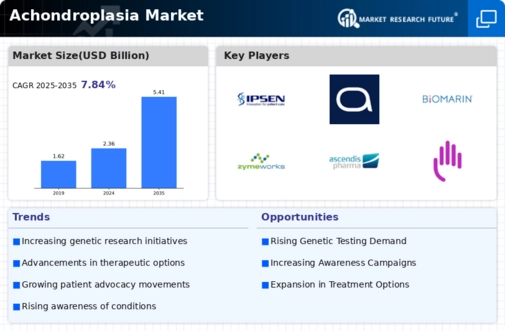
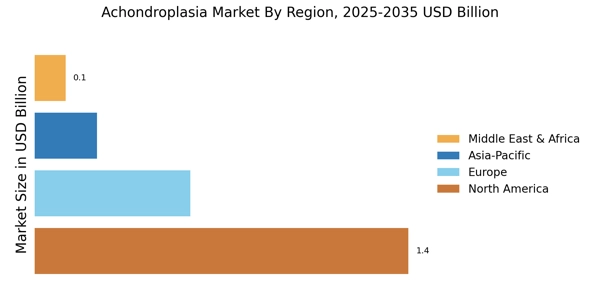
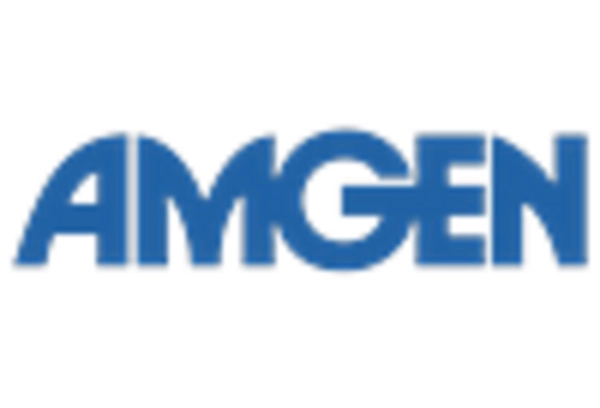
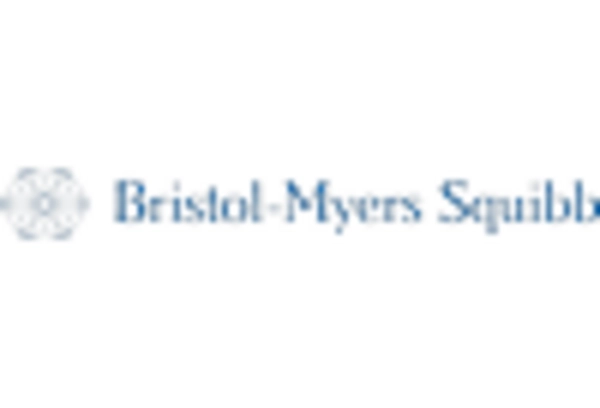

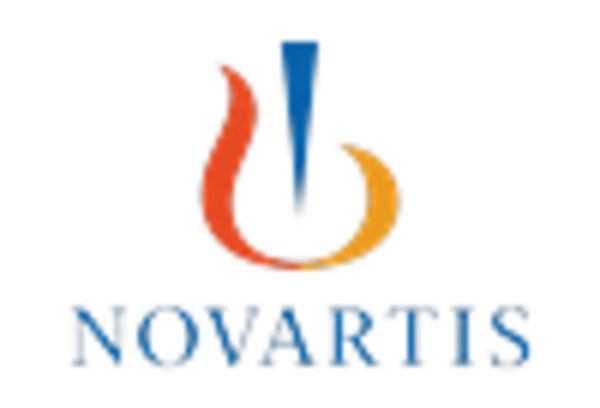

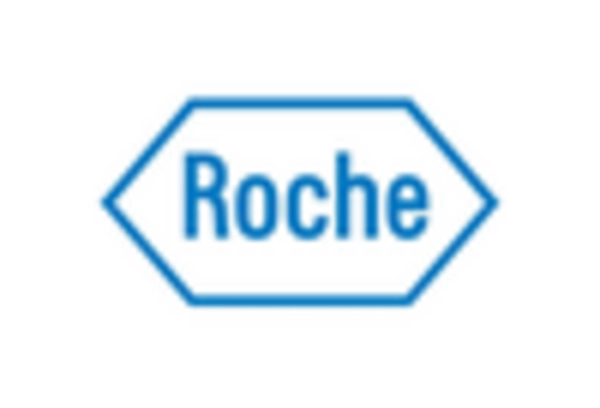








Leave a Comment